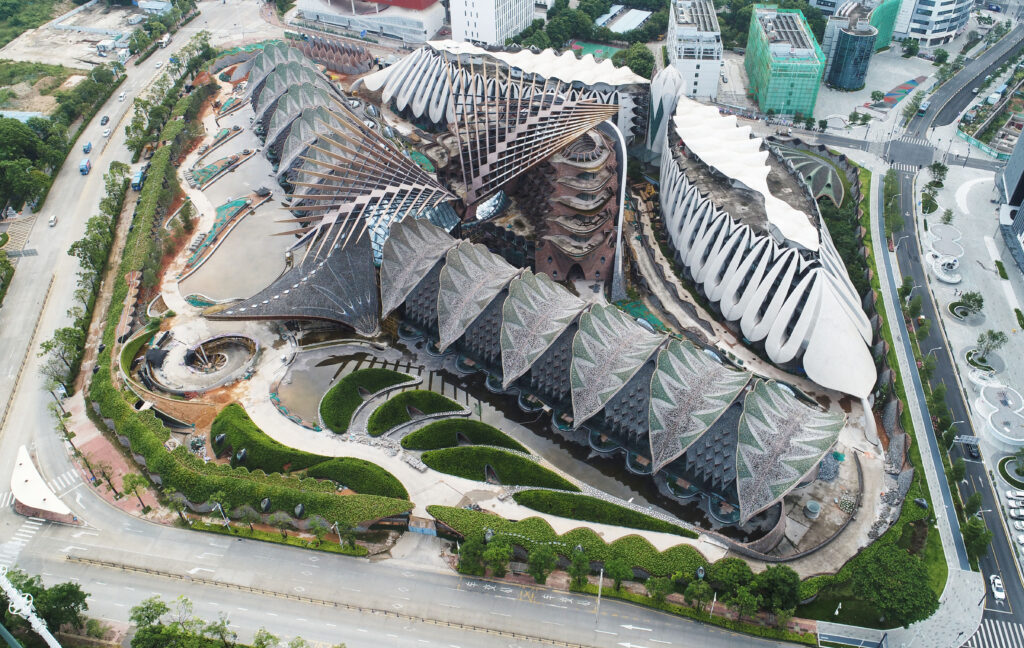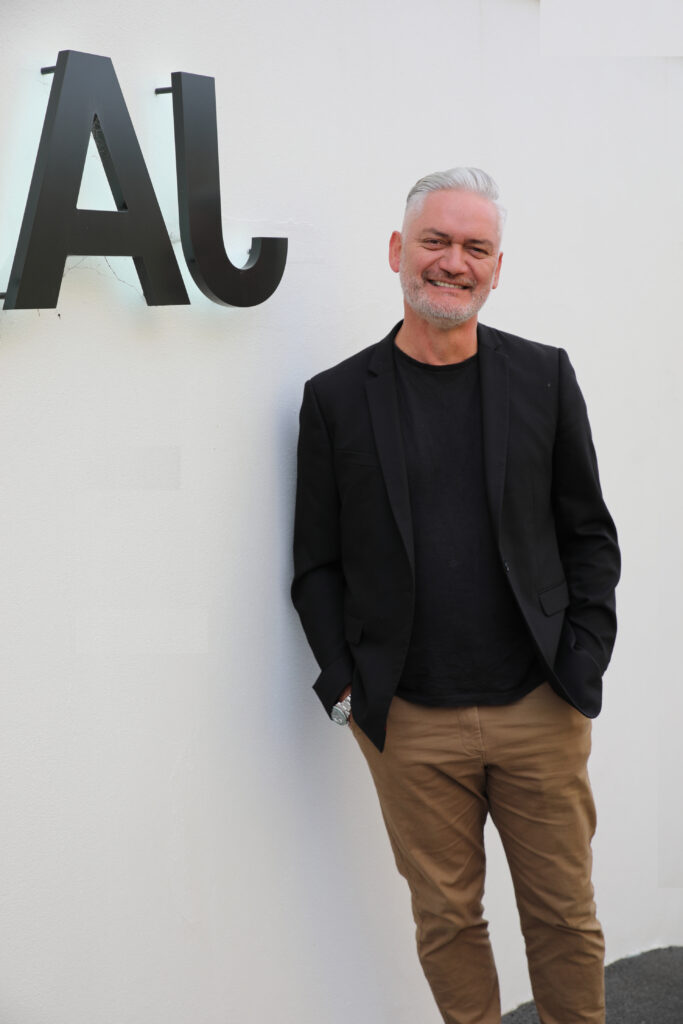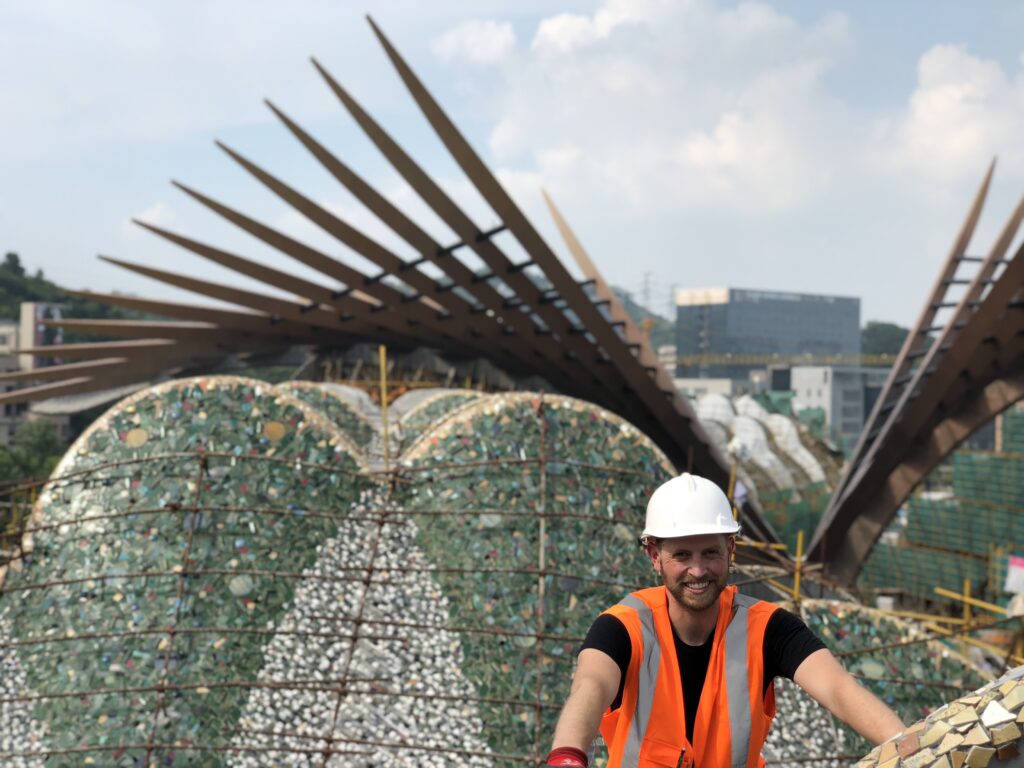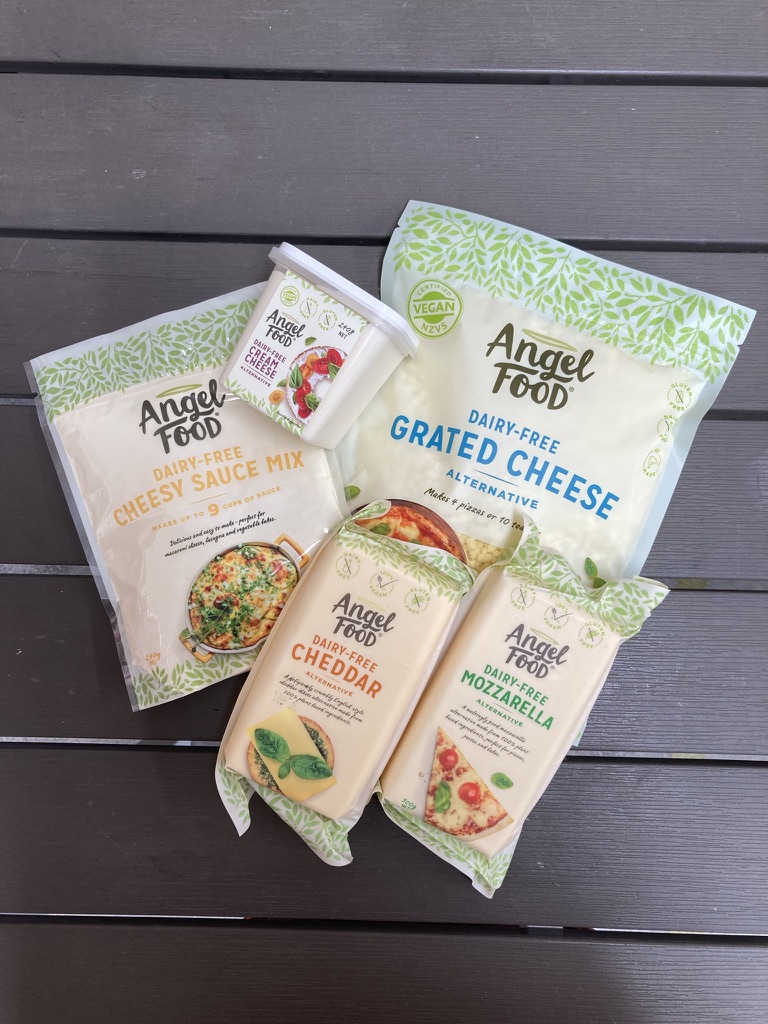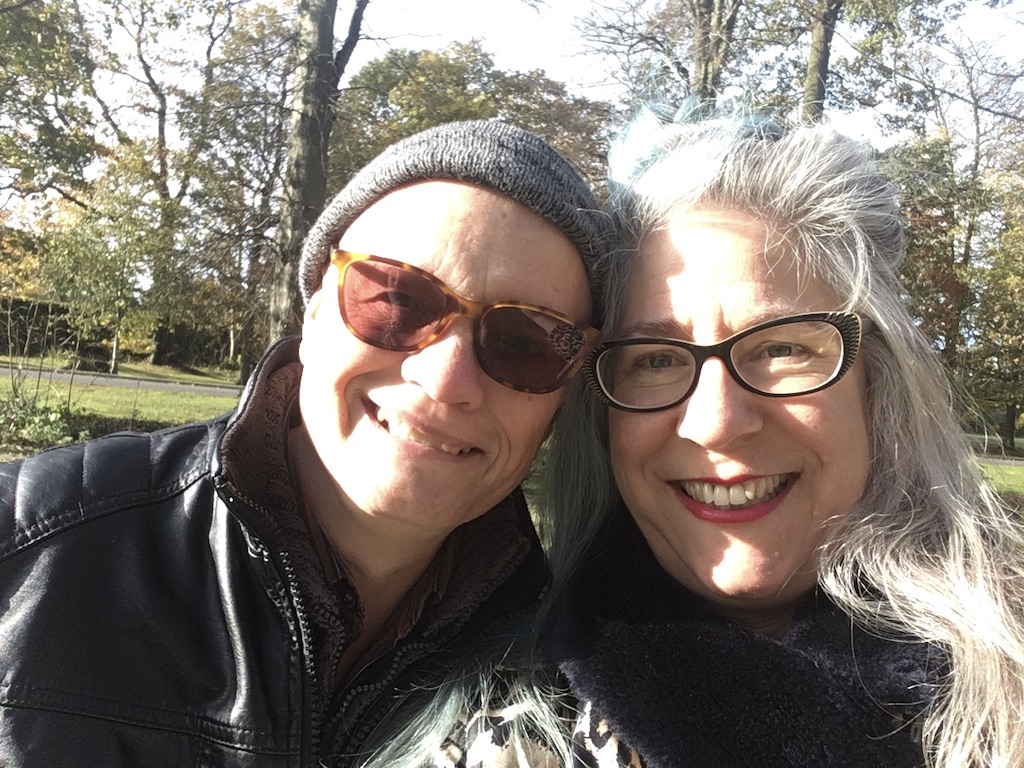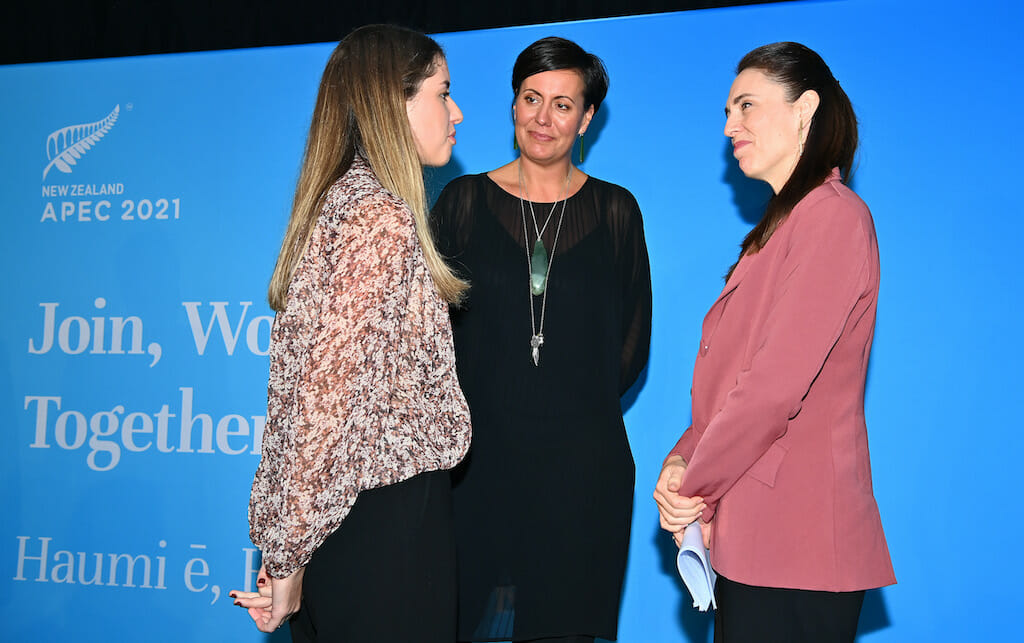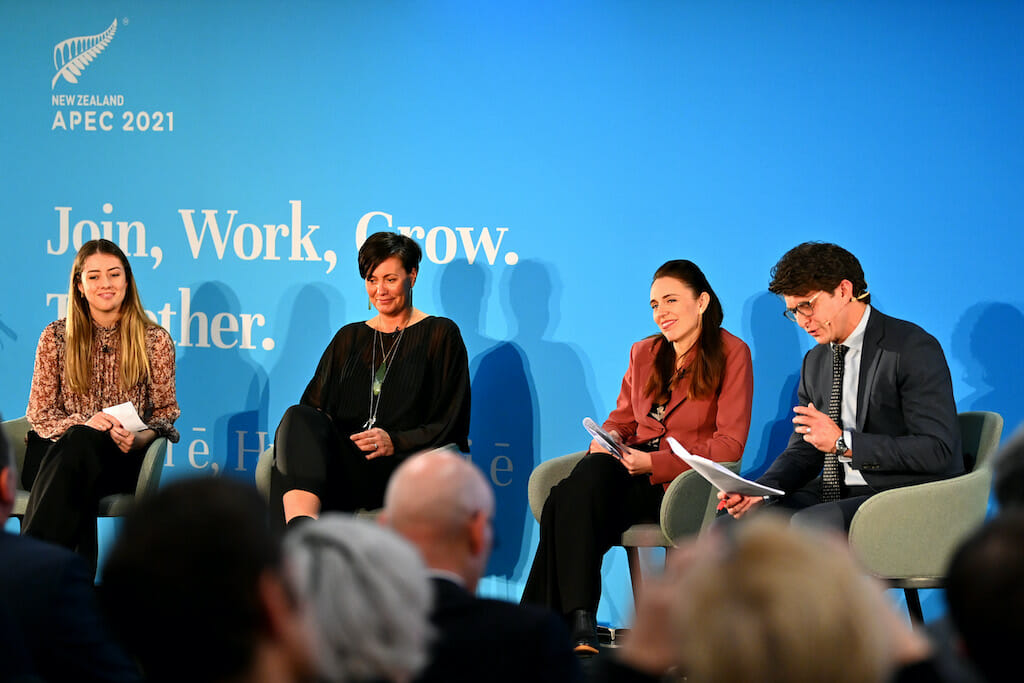To inform those wishing to return to Aotearoa and to the infrastructure sector, Kea and Holmes Consulting hosted a webinar which touched on:
- How technology, sustainability and culture can all work together to increase the productivity of the sector.
- Where the skill shortages are within the industry and why offshore talent is important
- Understanding the infrastructure industry has changed over the past decades when it comes to embracing cultural and tradition
A huge thank you to Wayne Juno, Senior Leader in the Civil Structures team and Lidia Cooper Team Leader of the Structures team at Holmes Consulting, Jane Henley Founder of Growthlines Limited and Amos Kamo Director of Policy and Performance at Kāinga Ora – Homes and Communities for joining the conversation!
Watch the full webinar recording below.
*This content was created in partnership with Holmes Consulting

 MENU
MENU

